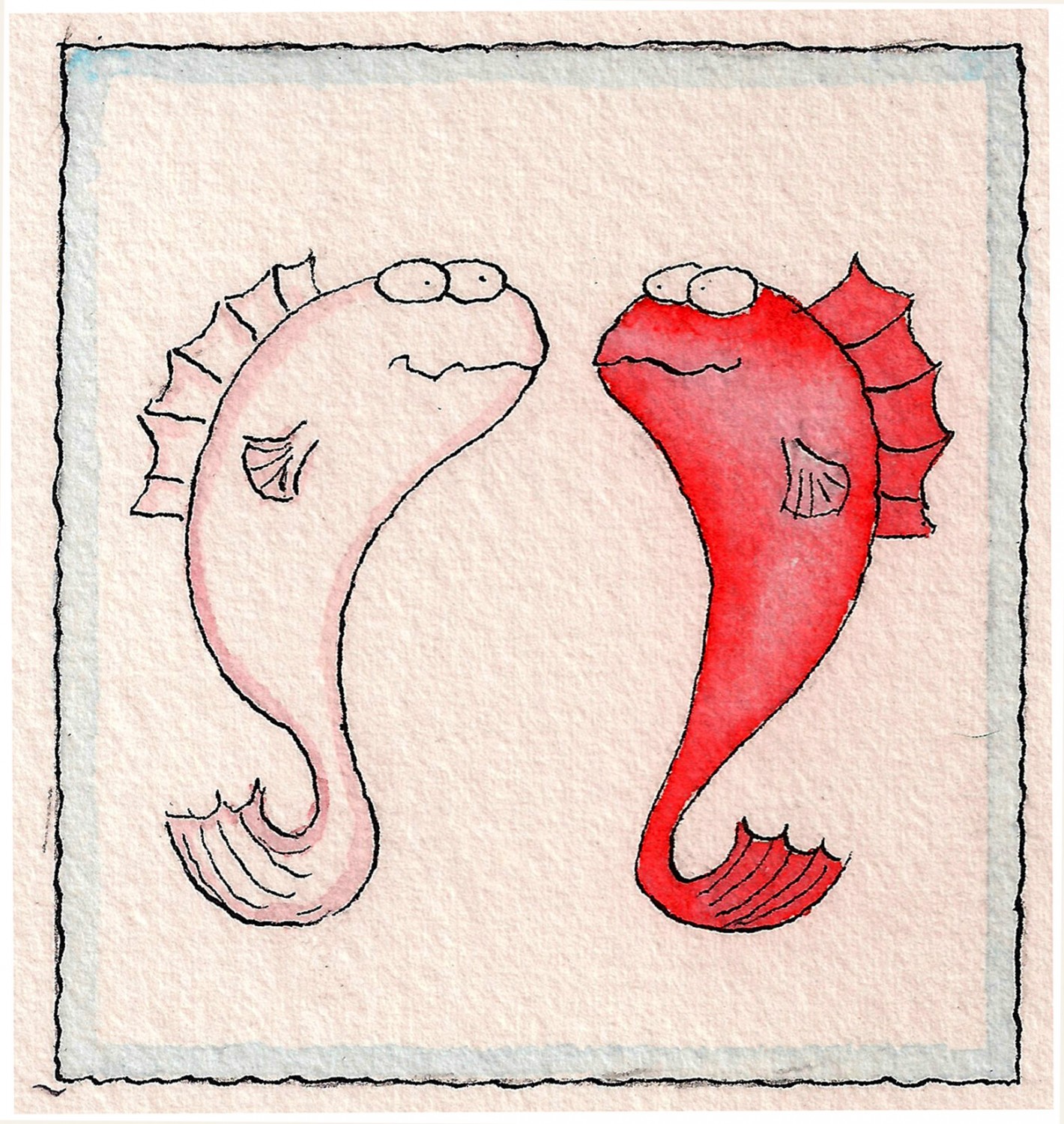Article from Nov. 24, 2014 from nytimes.com – please click here for original article.
Above image courtesy of Victoria Roberts.
Q. Why do some fish have white flesh, like flounder and tilapia, while others have red or orange flesh, like tuna and salmon?
A. The difference frequently has to do with a protein called myoglobin that stores oxygen for muscles and also acts as a pigment, said Keith G. Tidball, senior extension associate in the department of natural resources at Cornell University.
Fish that have white flesh are generally those that are resting or mostly inactive throughout their lives, with intermittent short bursts of activity, Dr. Tidball said. Other experts note that the fish get the energy for these bursts mostly by converting glycogen to lactate, rather than by using oxygen.
Red-fleshed fish are usually long-distance swimmers, and need high levels of oxygen for the sustained effort of their muscles, Dr. Tidball said. Myoglobin is what produces the predominantly red flesh in most tuna and other open-ocean fish, like mako sharks and swordfish.
Diet may also contribute to a red flesh color, he said.
Fish with orange flesh have generally been feeding heavily on ocean crustaceans like krill, which contain pigments called carotenoids, Dr. Tidball said. He listed other dietary sources for color, like freshwater crustaceans and possibly terrestrial insects.






